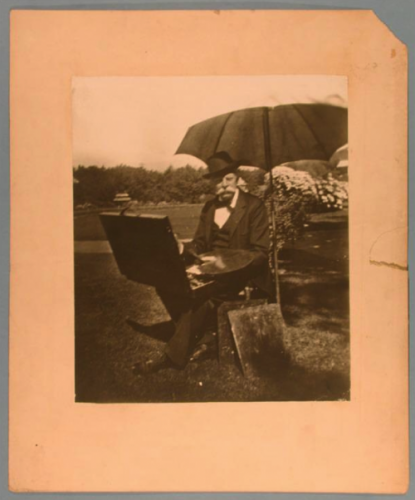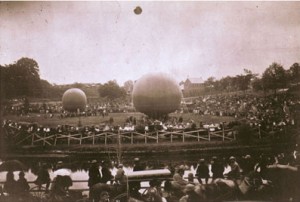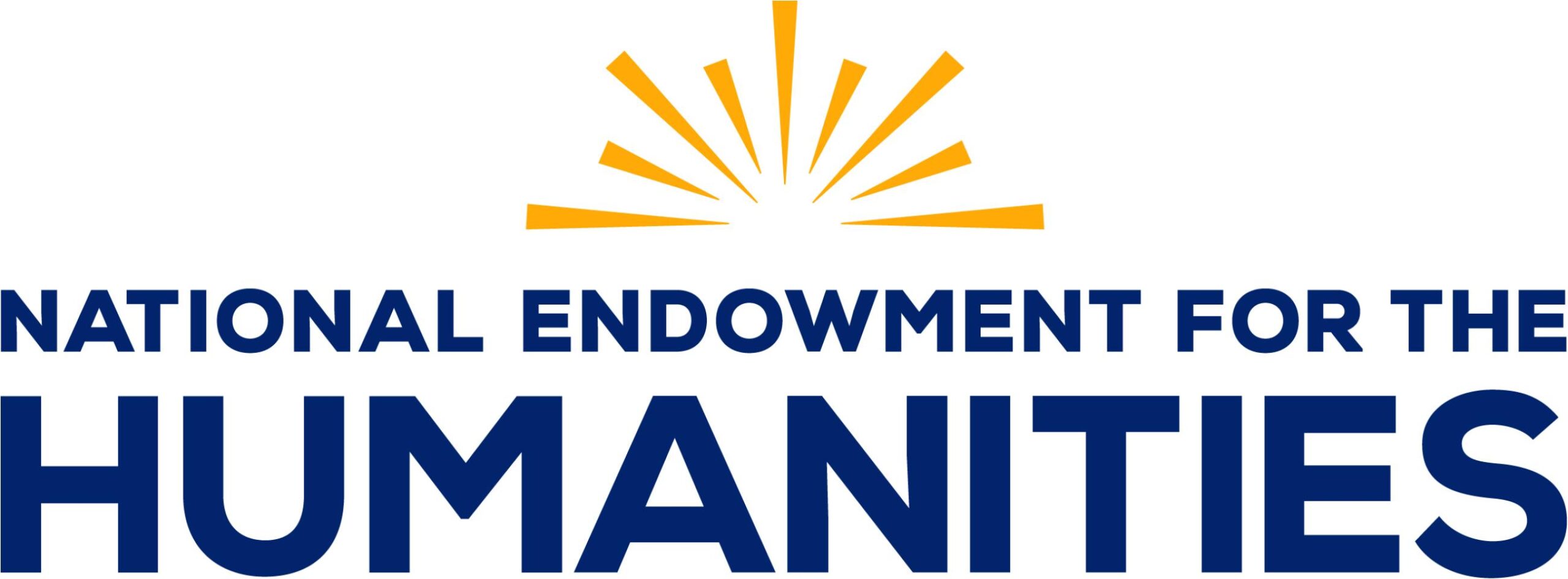By Sierra Dixon for Your Public Media
Nelson Augustus Moore (1824-1902) was born in Kensington, Connecticut, and studied art in New York City before opening a photography studio in Hartford with his brother Roswell about 1854. While most contemporary photographers concentrated on portraits, N.A. & R.A. Moore also took “on the spot” photographs that documented life and events during the 1850s and 1860s.
Moore first photographed the venerable Charter Oak in 1855, because its condition was of great “public concern”. After the historic tree came down in a storm on August 21, 1856, Moore took a second series of views showing the crowds that gathered around the massive trunk of the fallen tree. He photographed a balloon ascension in Bushnell Park that was part of the city’s Fourth of July celebrations in 1862 and chronicled the devastation that followed a catastrophic fire at the Colt Fire Arms Manufactory in 1864. Also in 1864, N.A. & R.A. Moore published The Last Men of the Revolution, illustrated with their photographs of surviving Revolutionary War veterans.
Unlike some artists, who abandoned painting for photography, Moore continued to paint idyllic landscapes of Connecticut, especially Hartford and his native Kensington, throughout his life. His daughter Ellen and his son Edwin Augustus Moore also became painters. Edwin used photographs as a basis for many of his animal paintings.
In addition to photographs by N.A. & R.A. Moore and paintings, watercolors, and sketches by Nelson Augustus Moore and Edwin Augustus Moore, the collections of The Connecticut Historical Society include letters, diaries, and artifacts such as Nelson’s easel and the umbrella that he used while sketching.
Sierra Dixon is a Research and Collections Associate for the Connecticut Historical Society and holds a BA in Art History from the University of Hartford.
© Connecticut Public Broadcasting Network and Connecticut Historical Society. All rights reserved. This article originally appeared on Your Public Media.











